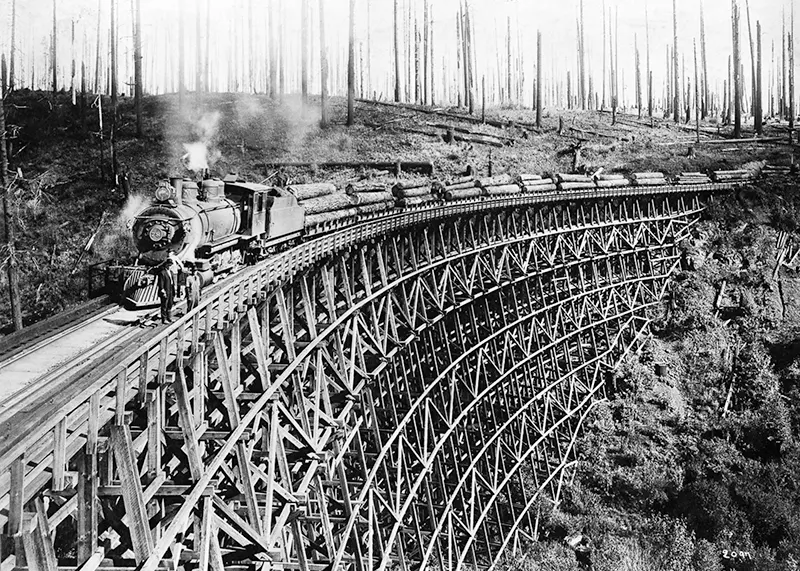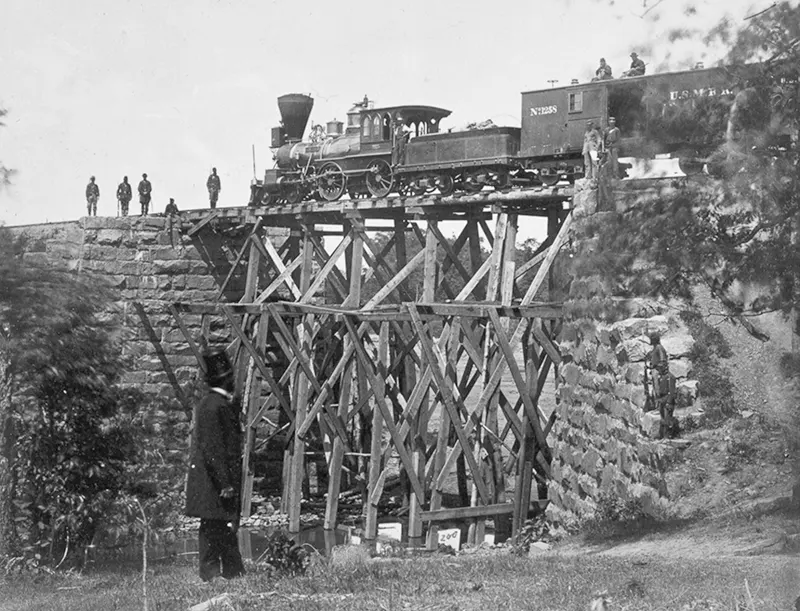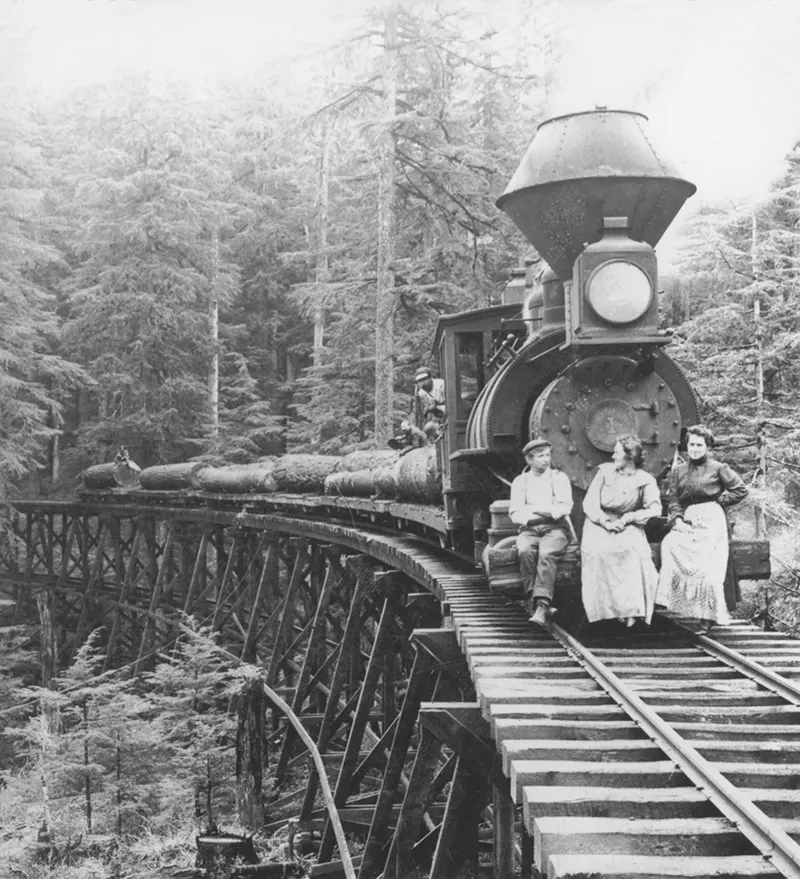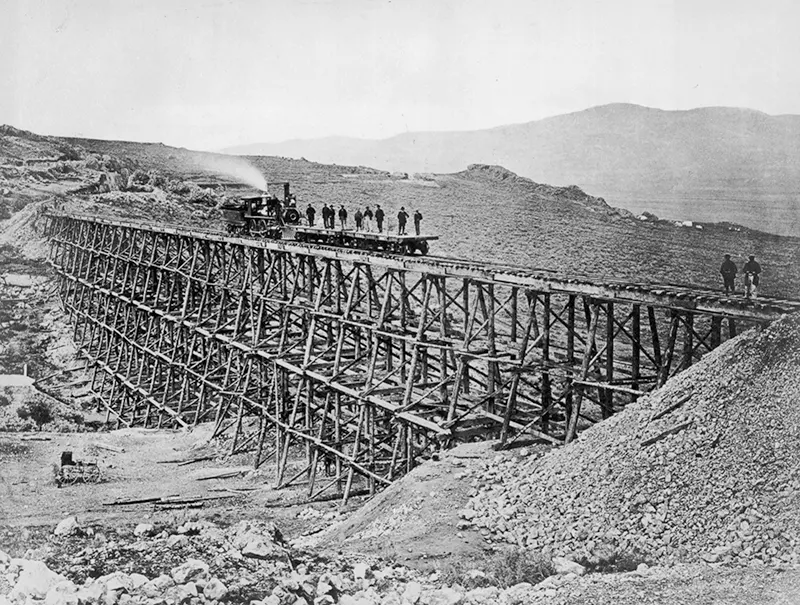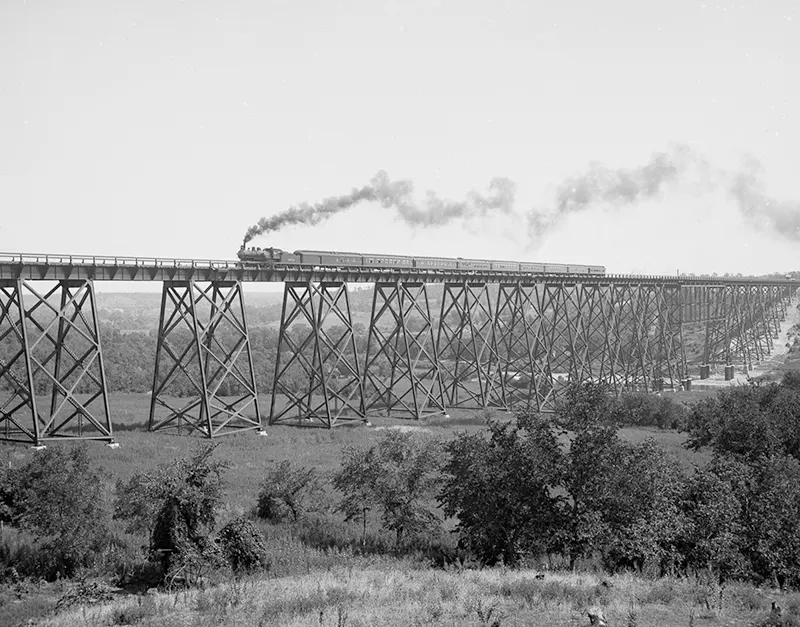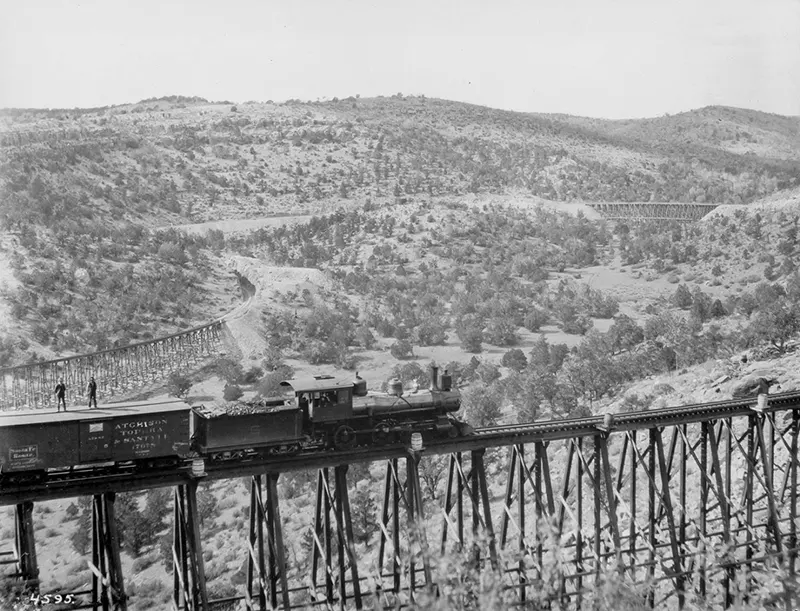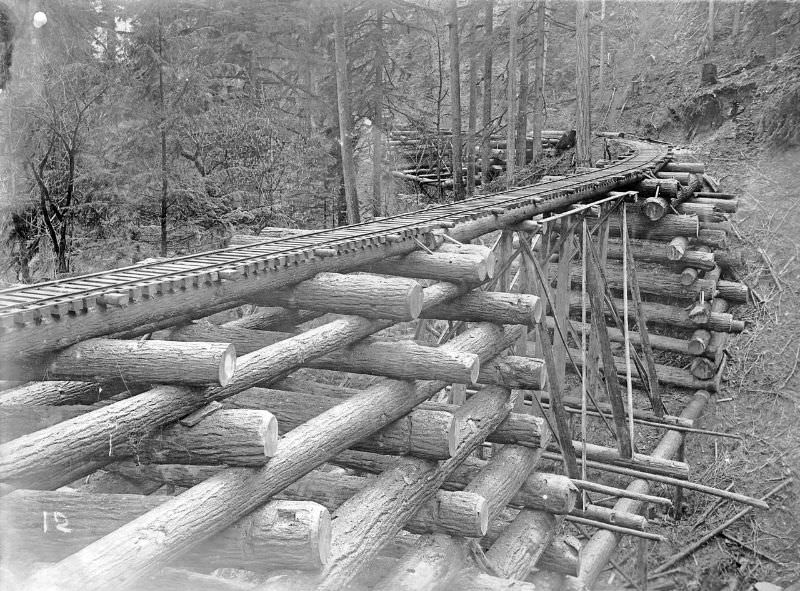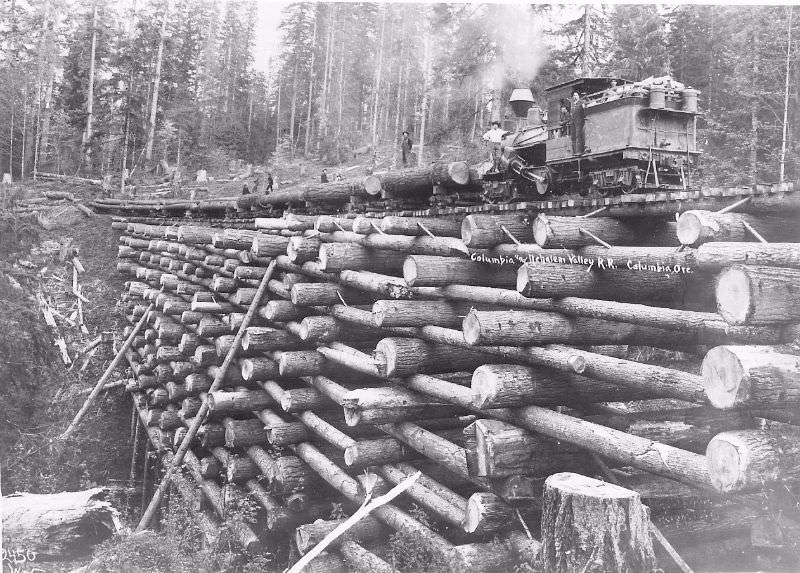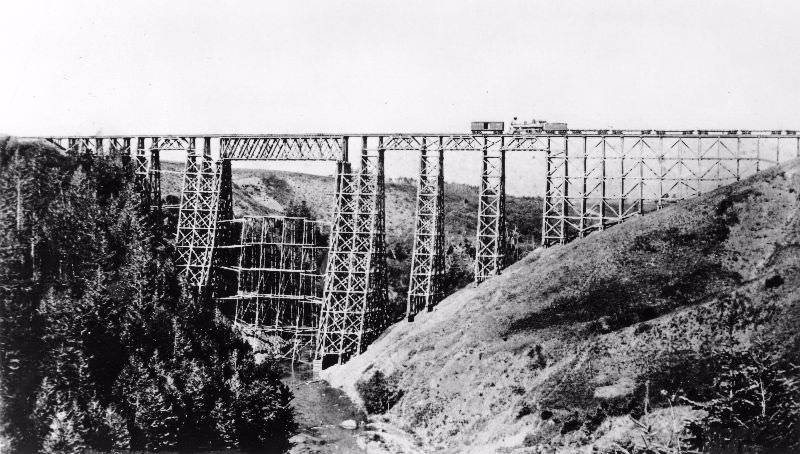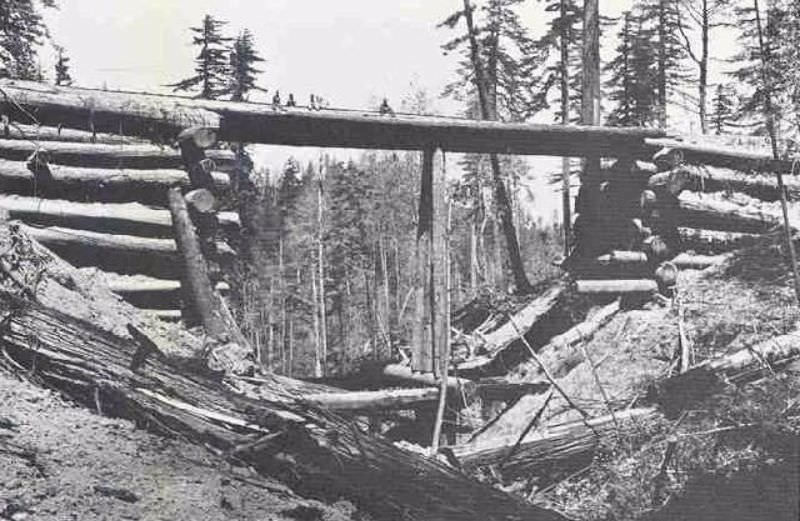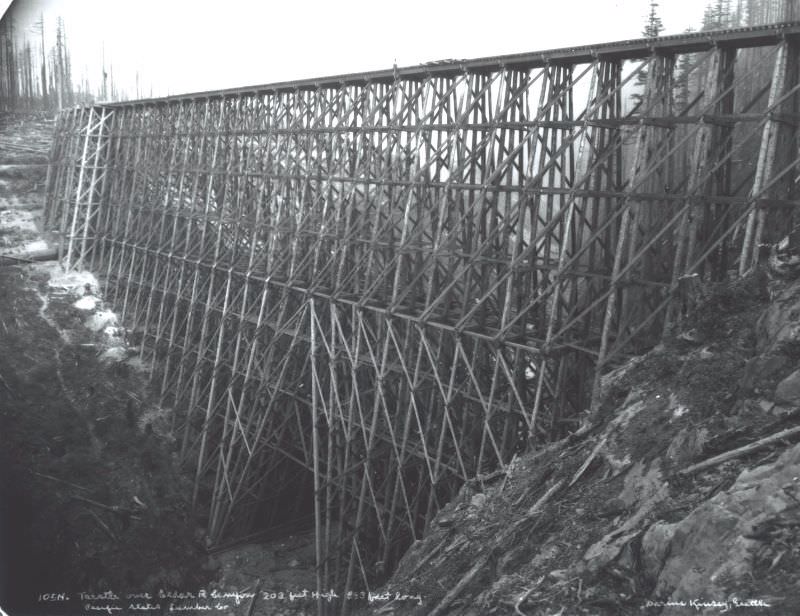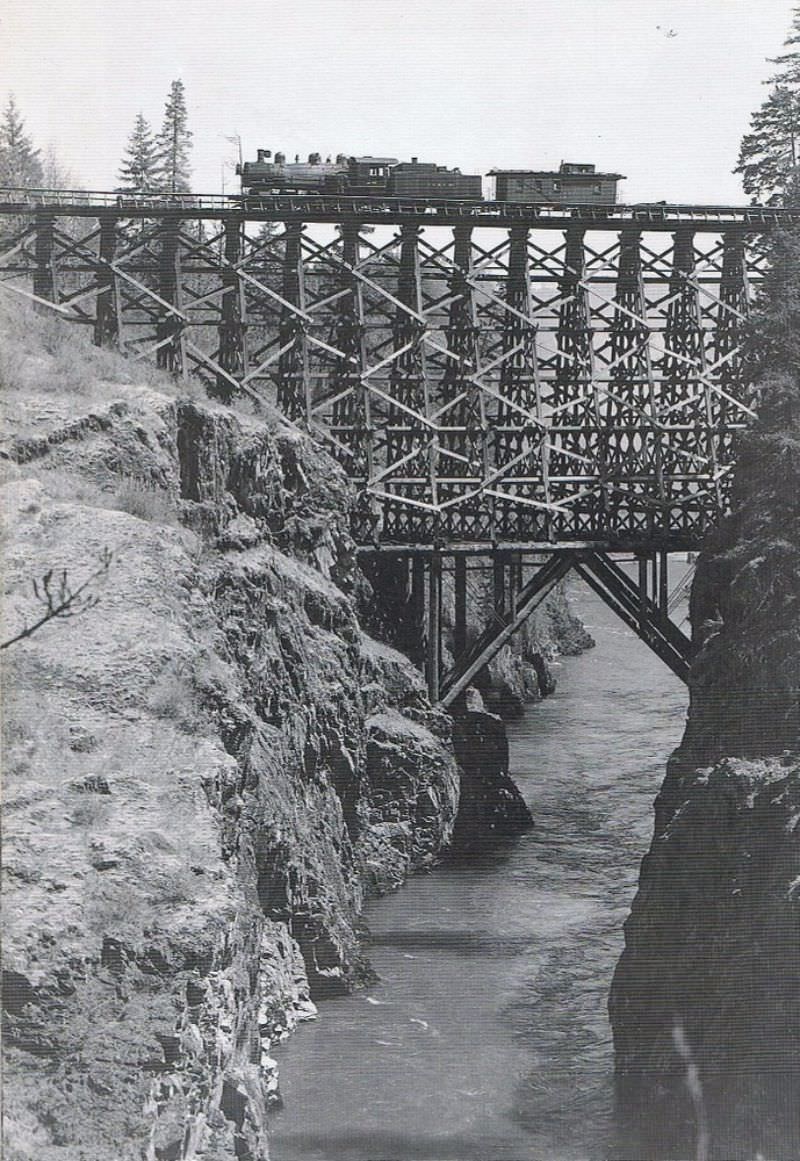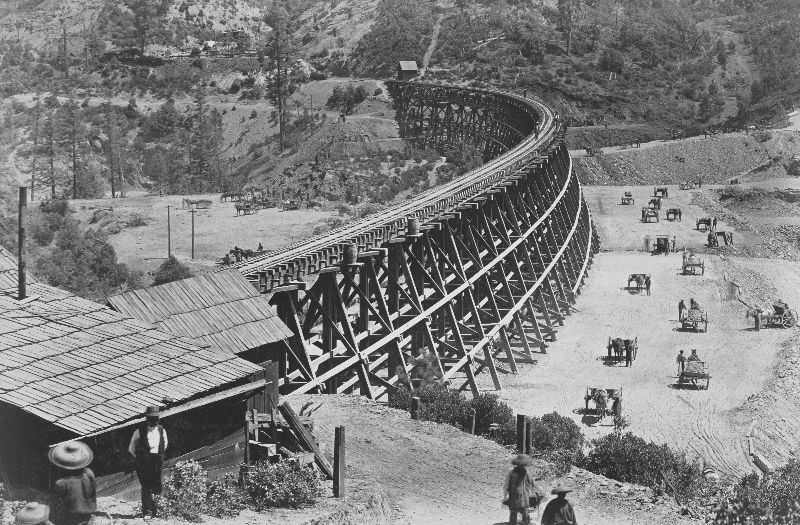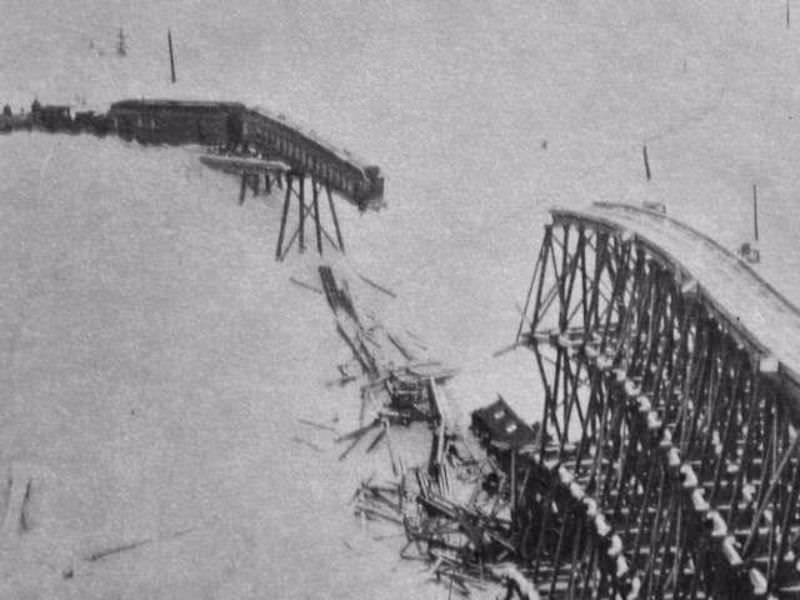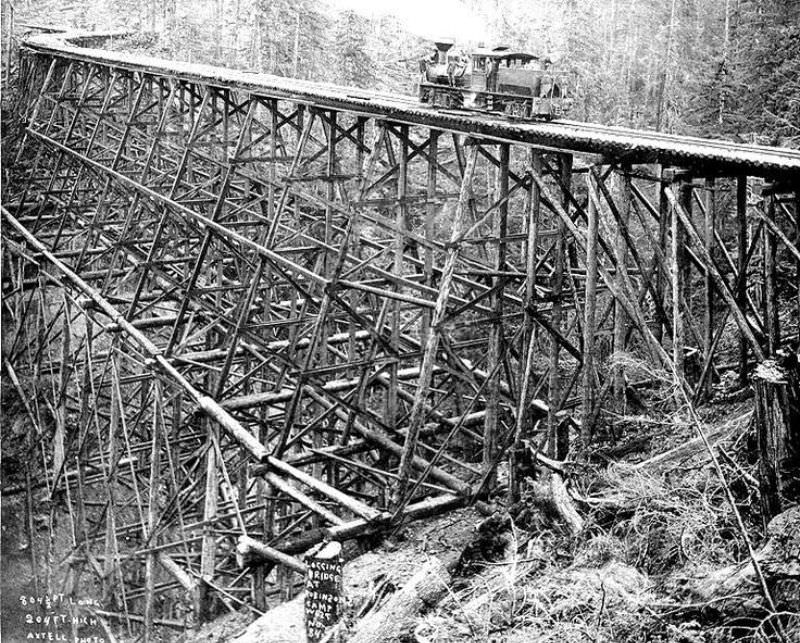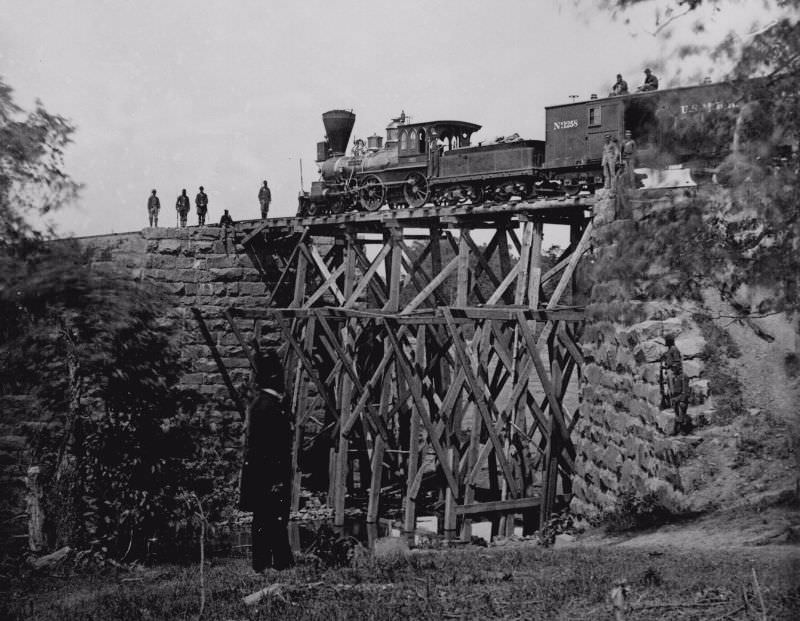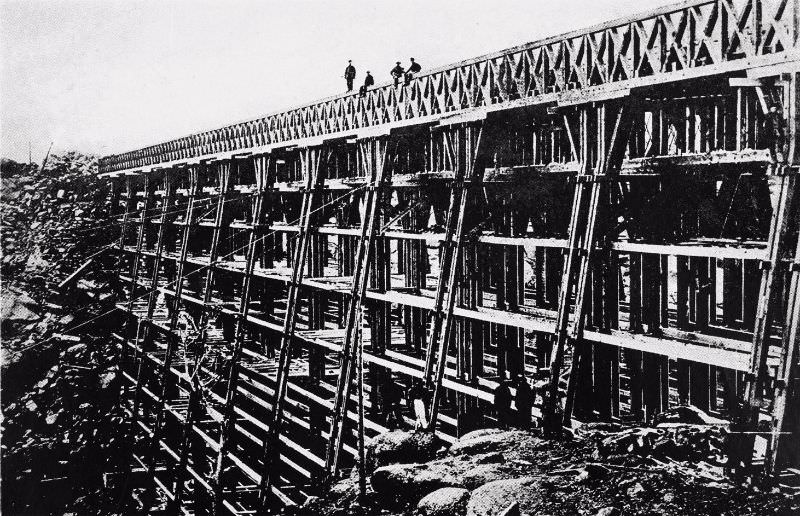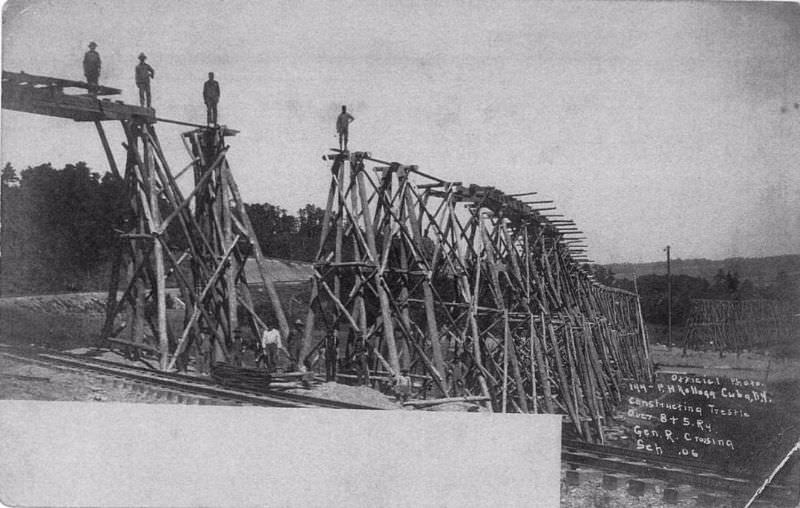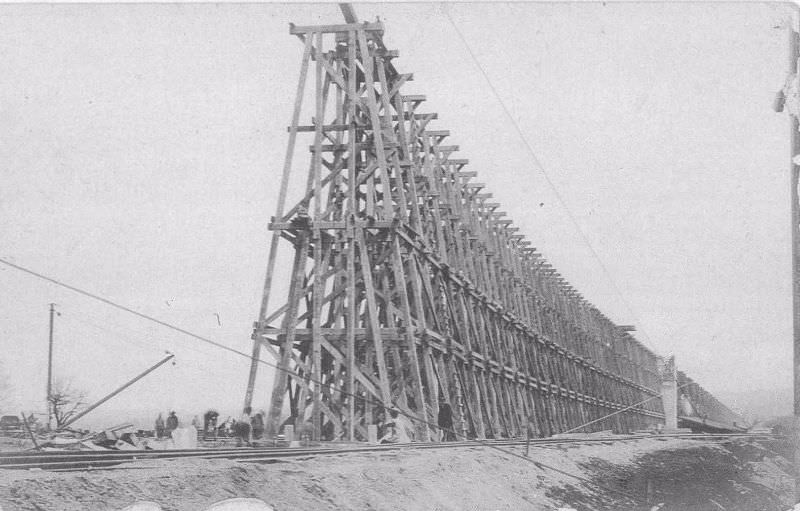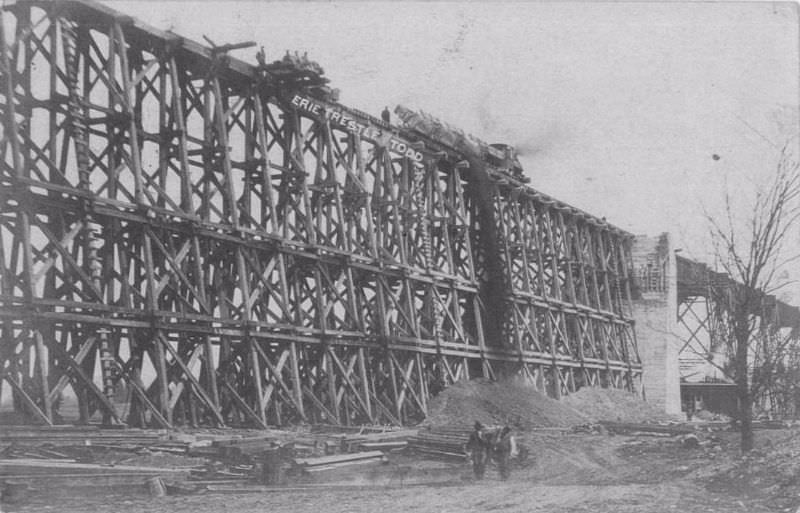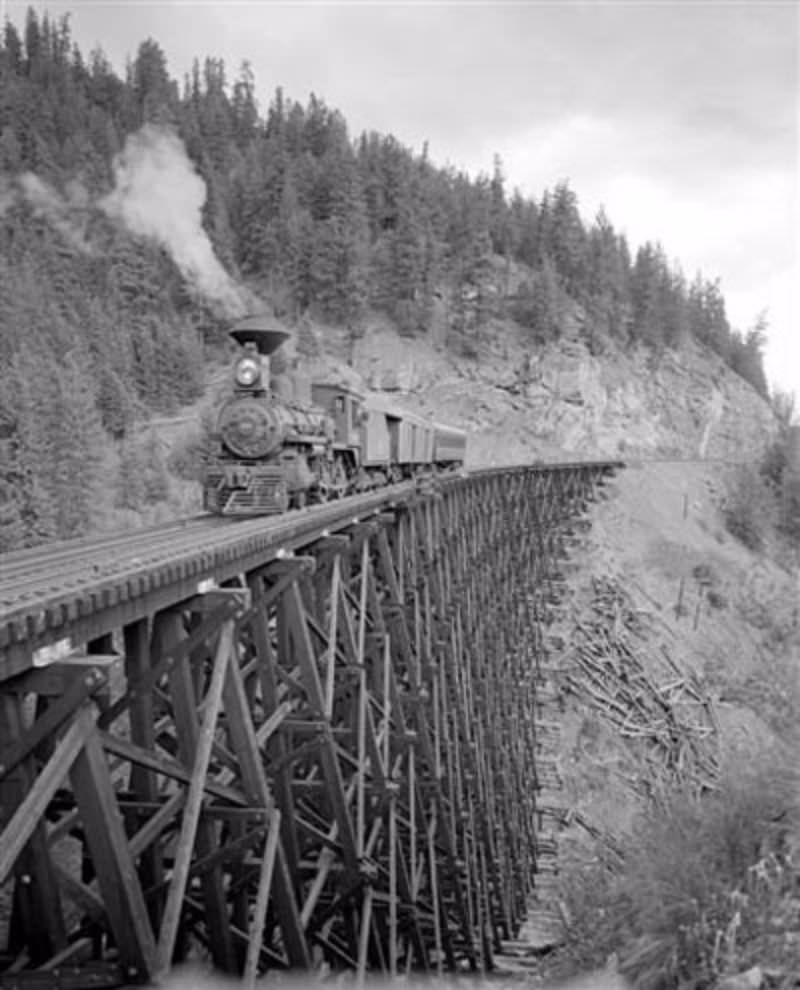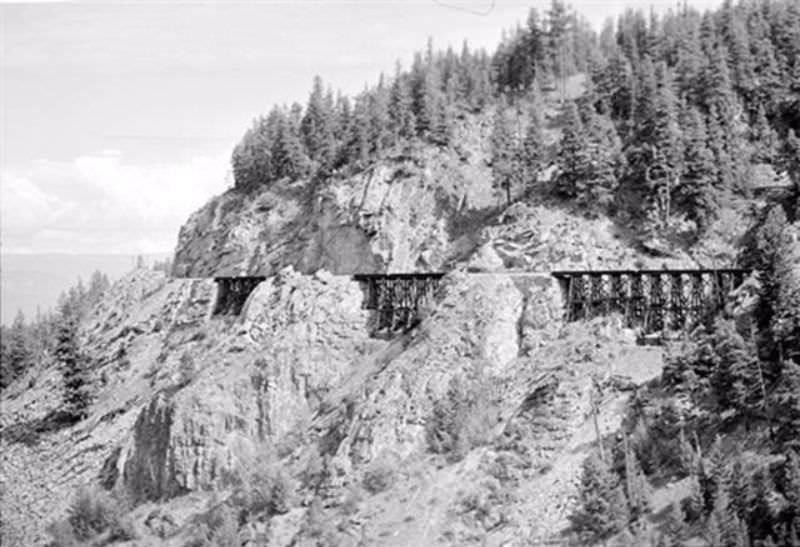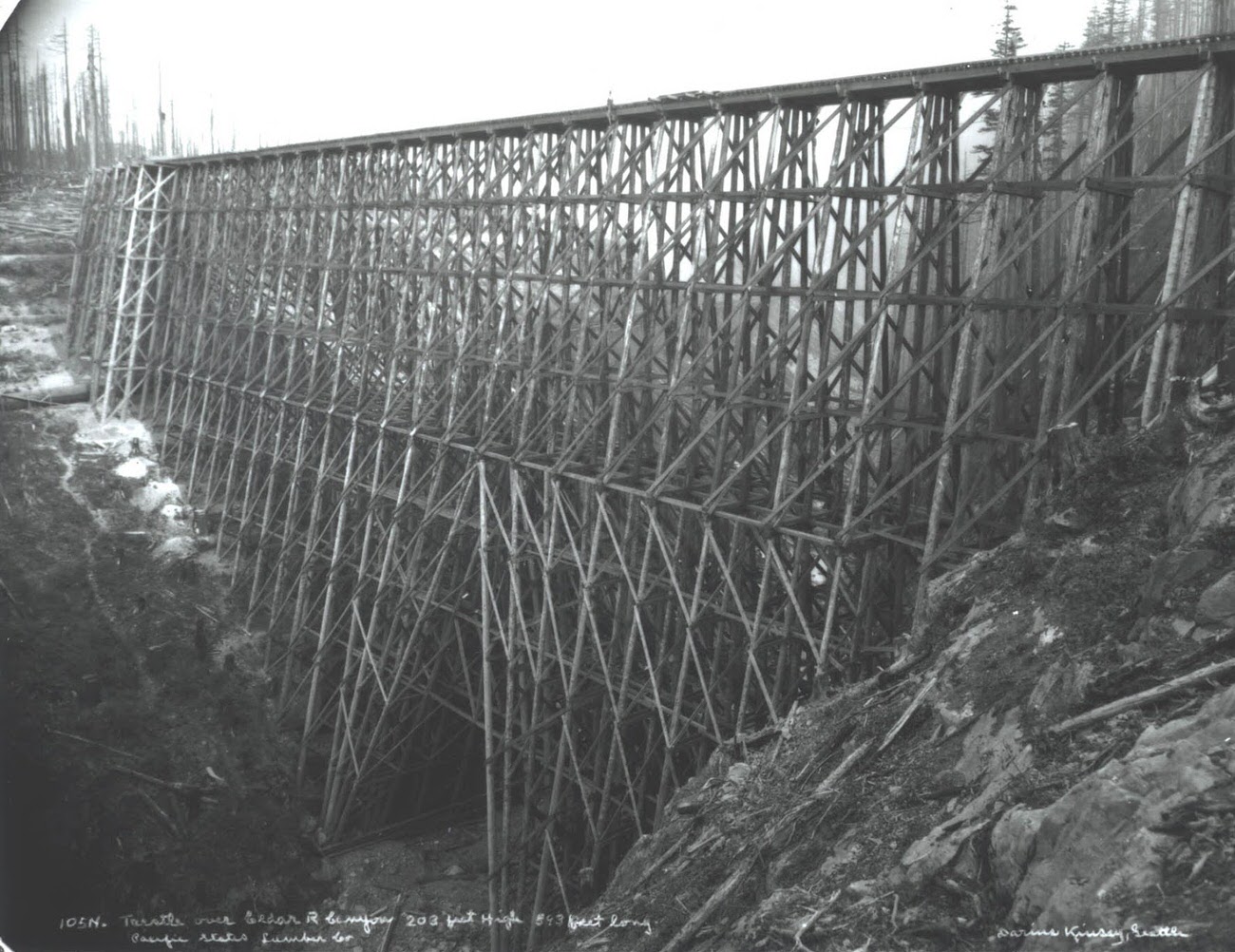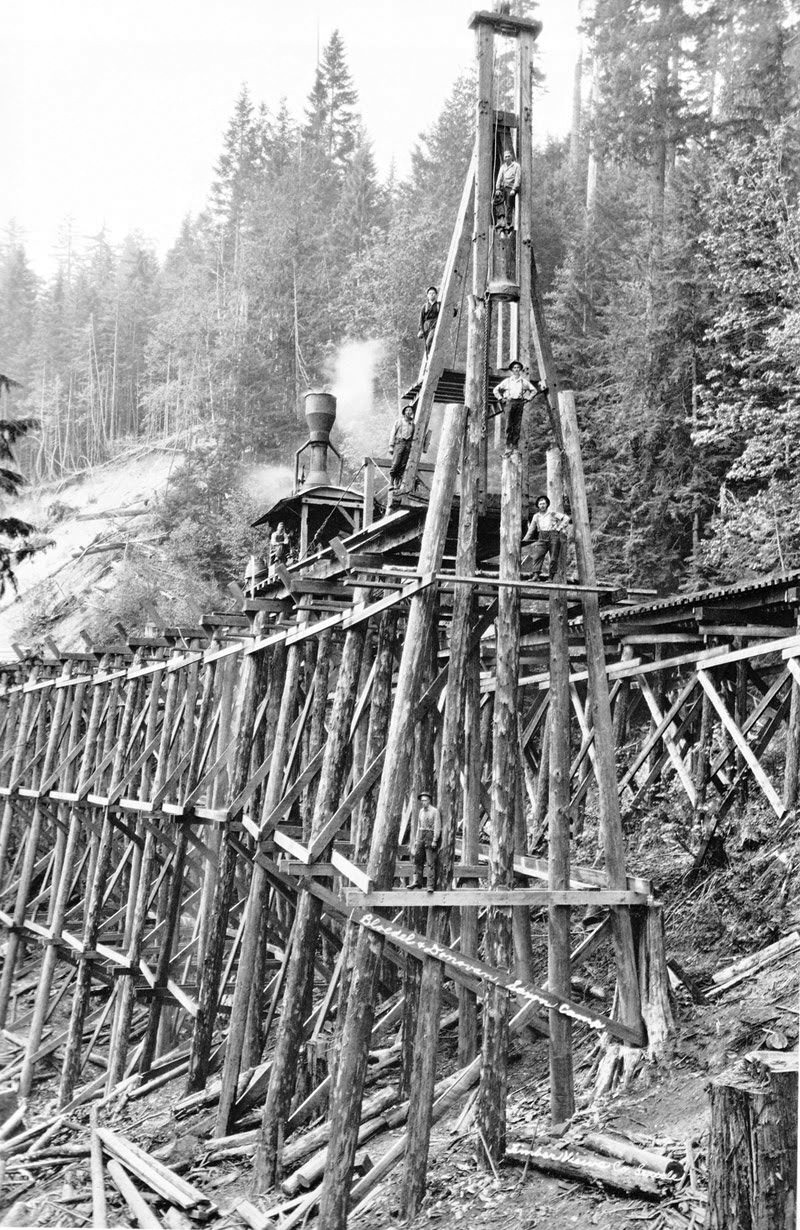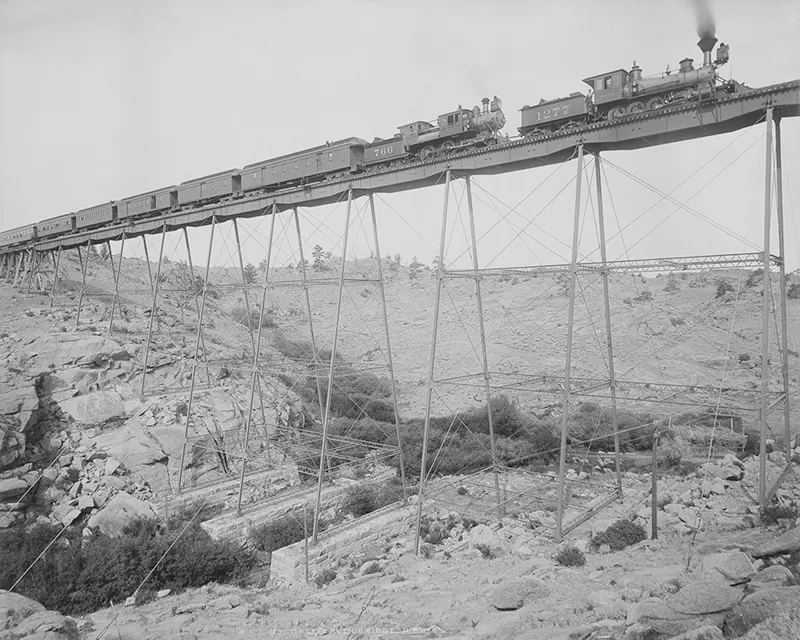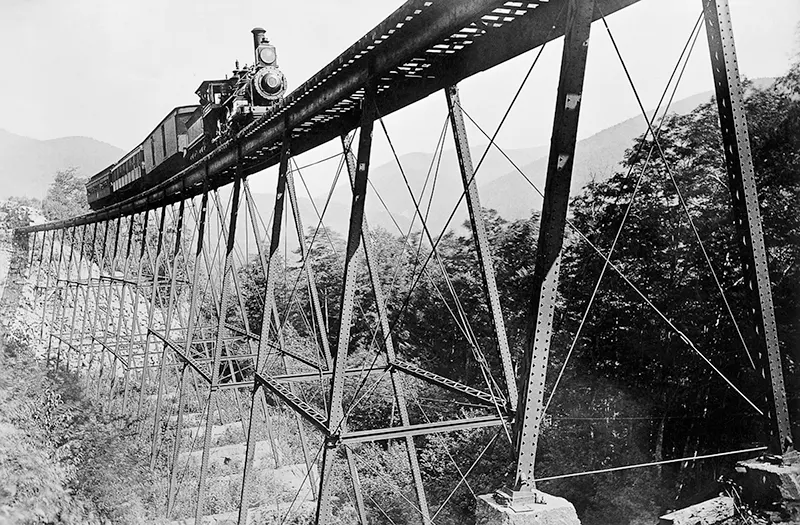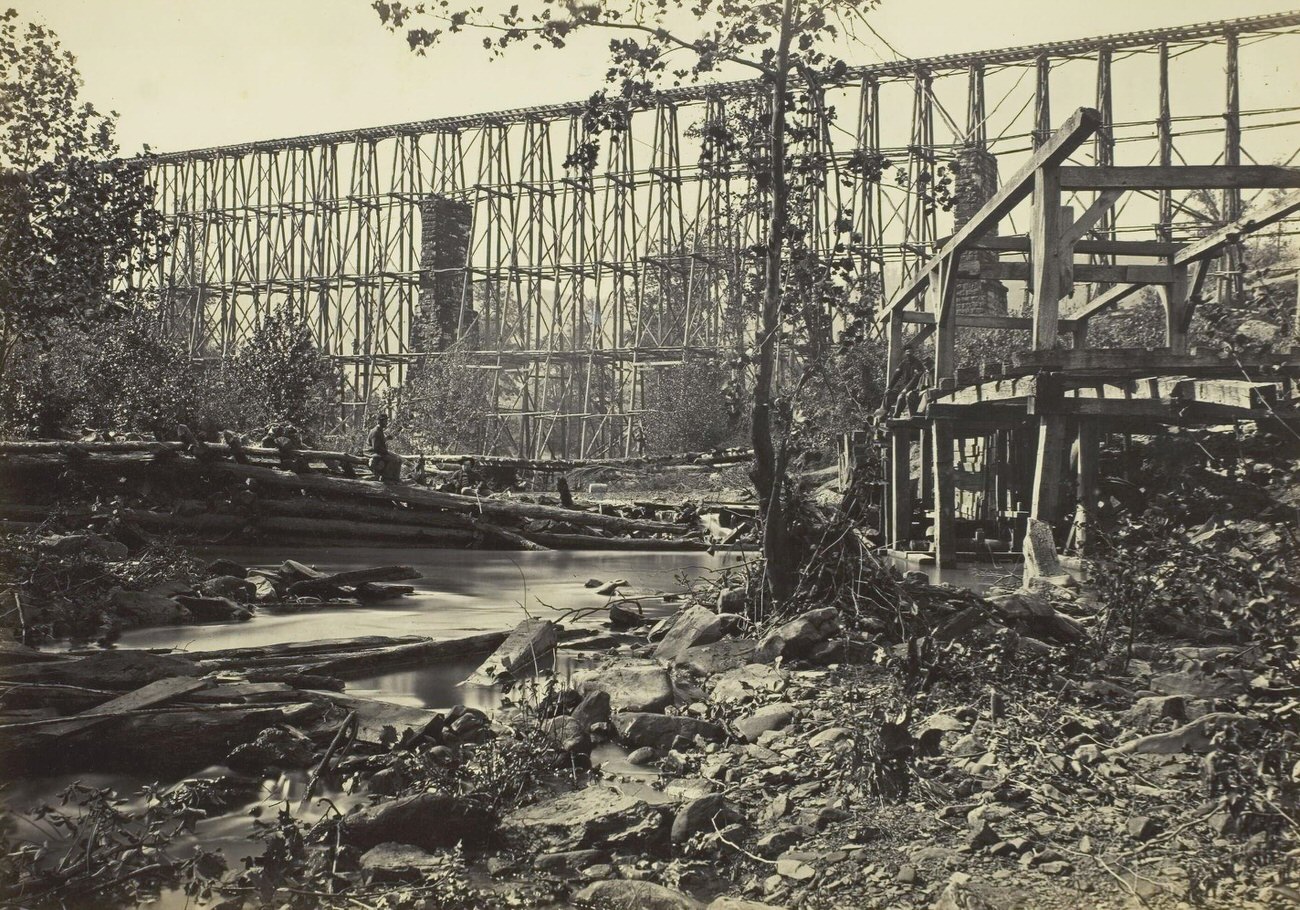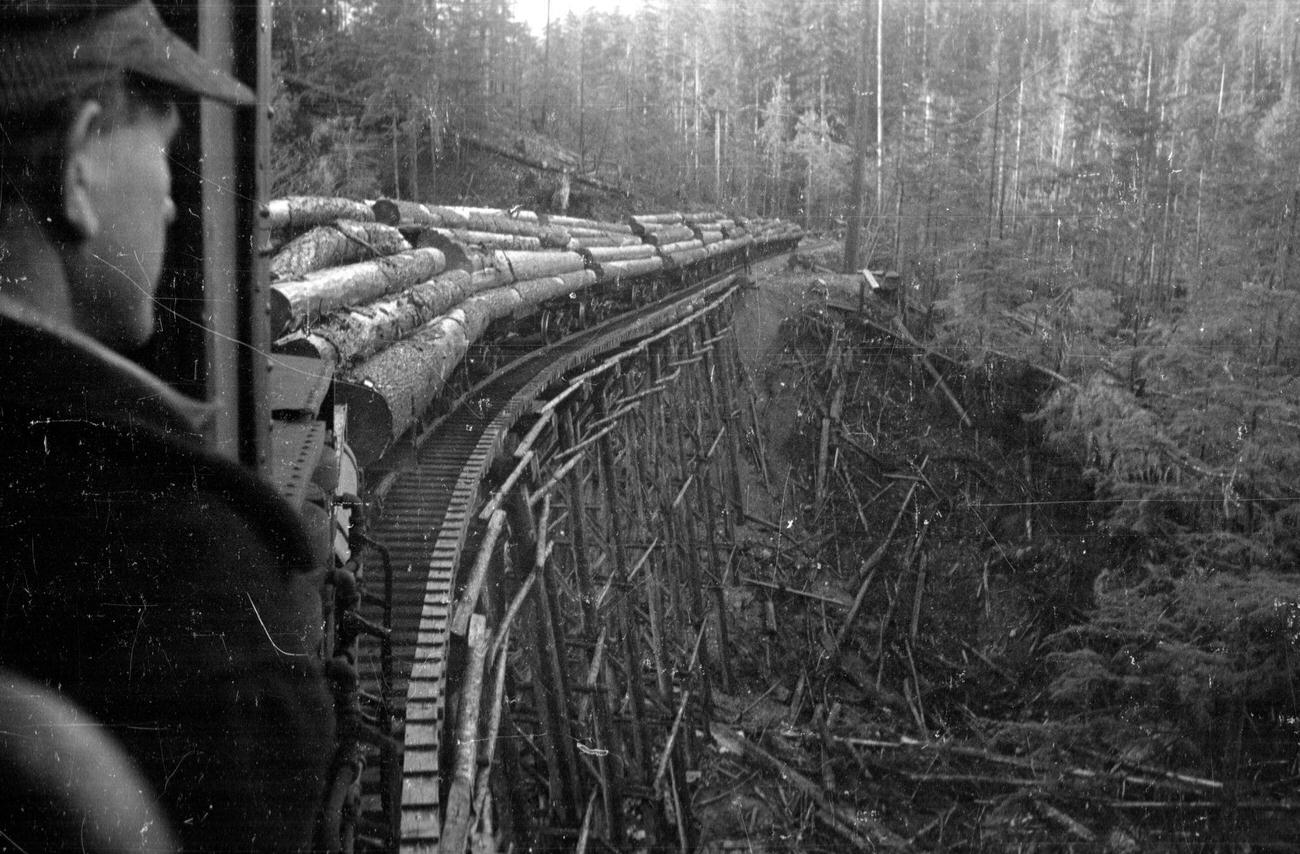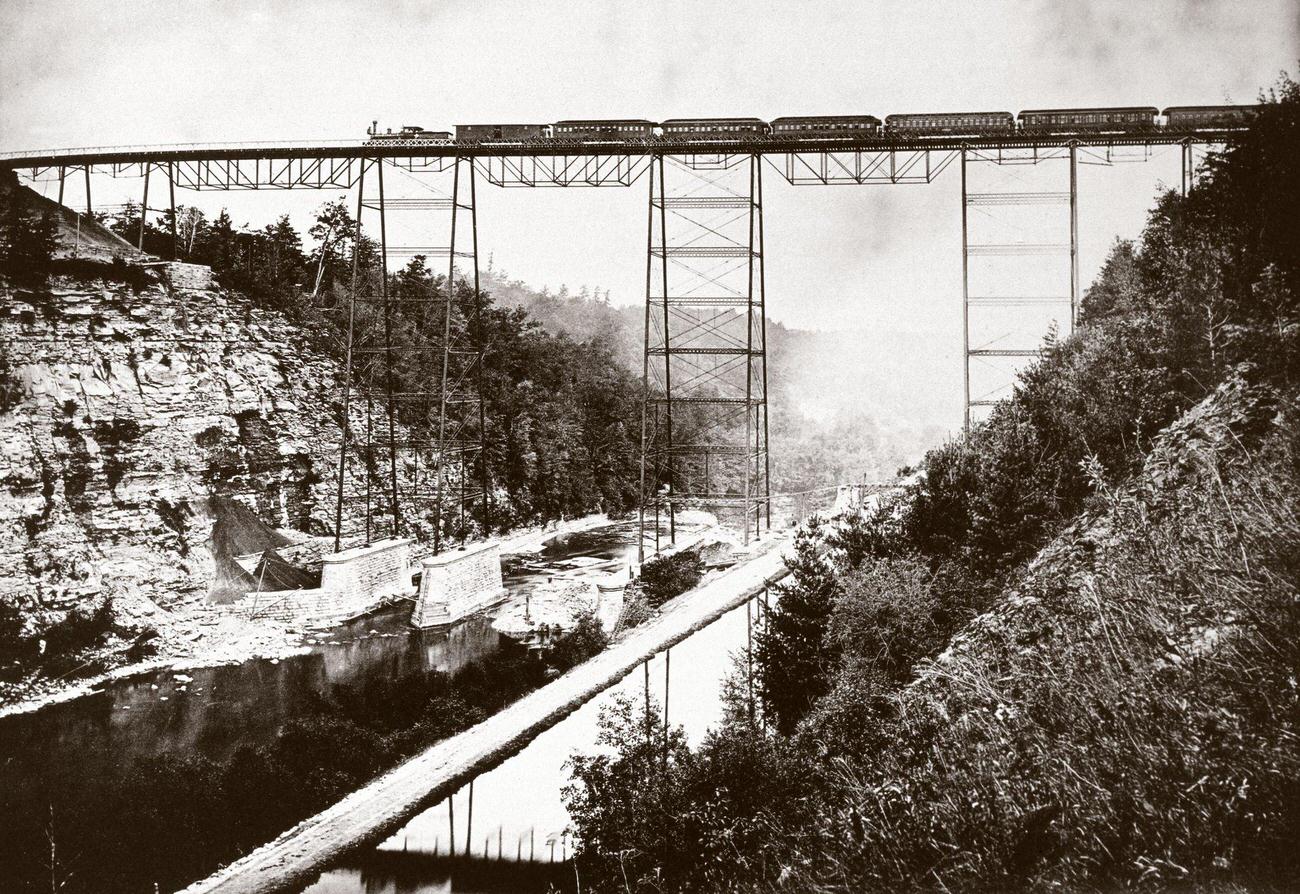The story of timber railroad bridges begins in the early days of railway expansion, a period marked by rapid technological advancements and a growing demand for efficient transportation networks. During the 19th century, as railroads began to crisscross continents, engineers faced the significant challenge of creating sturdy, reliable structures to carry these iron horses across rivers, valleys, and other geographical barriers. Timber, abundant and relatively easy to work with, emerged as a popular material for these early bridges.
The Architectural Marvels in Wood
Timber railroad bridges were not just functional structures; they were also marvels of engineering and design. Using wood, engineers constructed a variety of bridge types, including trestle bridges, covered bridges, and truss bridges. Trestle bridges, characterized by their series of short spans supported by tower-like frames, were particularly common in rugged terrains and in areas where longer spans were required. Covered bridges, with their iconic roofs and sides, not only supported the weight of passing trains but also protected the wooden structure from the elements.
The Construction Process
The construction of these timber bridges was a feat of engineering and labor. Lumberjacks felled trees, which were then transported to sawmills and cut into specific sizes and shapes. Skilled carpenters and bridge builders would then assemble these pieces on-site, often in challenging and dangerous conditions. This process required not only physical labor but also a deep understanding of the properties of wood and the principles of bridge design.
Variety in Design and Technique
Each timber bridge was unique, reflecting the local environment, available materials, and the ingenuity of its builders. Some bridges featured simple beam designs, where horizontal beams spanned between supports. Others, like the Howe truss bridge, used a combination of wooden beams and iron rods, showcasing an impressive blend of materials and engineering techniques.
Challenges and Solutions
Building bridges out of timber, however, came with its own set of challenges. Wood, being a natural material, was susceptible to decay, wear, and damage from the elements. To combat these issues, bridge builders employed various techniques such as using creosote to treat the wood, selecting rot-resistant timber, and employing meticulous maintenance routines.
A Legacy in Wood
While many timber railroad bridges have been replaced by those made of steel or concrete, remnants of these wooden structures still exist, standing as testaments to the ingenuity and craftsmanship of past generations. Some have been preserved as historical landmarks, while others continue to serve in less trafficked areas, silently bearing witness to the passage of time and the evolution of railway engineering.
The End of an Era
The decline of timber railroad bridges coincided with the advent of modern materials like steel and concrete, which offered greater strength, durability, and longer spans. By the early 20th century, these materials had largely replaced wood in major bridge construction projects. However, the legacy of timber bridges lives on, not only in the structures that still stand but also in the engineering principles and techniques that were developed during this era and continue to influence bridge design today.


